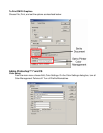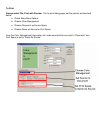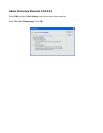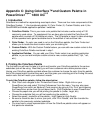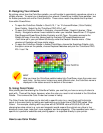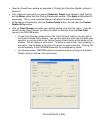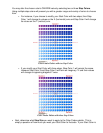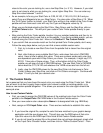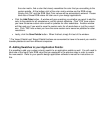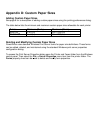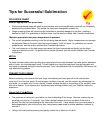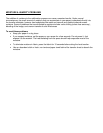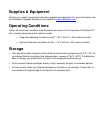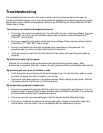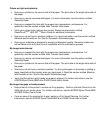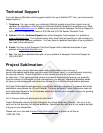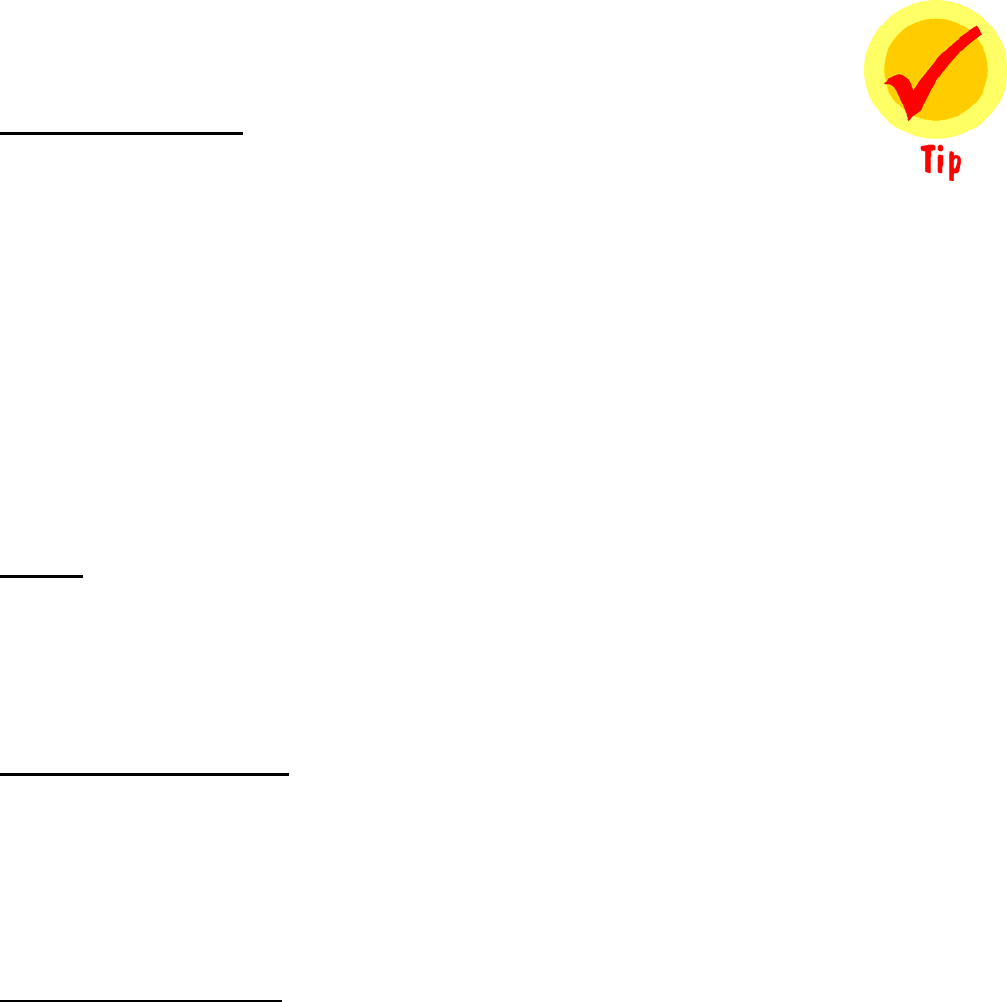
Tips for Successful Sublimation
POLYESTER FABRIC
Maintain appropriate heat press times.
Shortened pressing times will result in good surface color but the sublimation dyes will not completely
penetrate the polyester fibers. This leaves the dyes more susceptible to wash out.
Longer pressing times will cause the dye molecules to penetrate deeper into the fiber, creating a
washed out look. For guidelines on transfer times, see the section entitled Heat Transfer Instructions.
Maintain appropriate heat press temperatures & pressure
The correct temperature setting is vital for achieving desired results. Higher temperatures can damage
the polyester fibers to the point that they cannot properly “hold” the dyes. For guidelines on transfer
temperatures, see the section entitled Heat Transfer Instructions.
Too much pressure on the heat press may cause the dyes to penetrate too deeply into the fabric
causing a washed out look. For guidelines on transfer pressure see the section entitled Heat Transfer
Instructions.
METAL
To obtain the best results when printing onto metal, place the transfer between the metal and an absorbent
cloth or fresh, non-textured paper towel. This will absorb any dyes that pass back through the paper and
any moisture released during the transfer process. If you have problems with inconsistently filled areas, this
may alleviate the problem.
CERAMIC TILES & MUGS
When transferring onto ceramic tiles and mugs, immediately peel the paper off of the ceramic after
removing it from the heat press. Once the paper has been removed, cool the ceramic by submerging it in
cool water, or run water over it from a faucet. If paper residue remains on the surface of the ceramic, clean
with citrus cleaner. If you experience a significant paper-sticking problem, call your SubliJet reseller for
assistance.
Hanes Soft L’Ink Shirts
The presence of moisture in your fabric can lead to bleeding of the image. Remove moisture by pre-
pressing your shirt for 10 seconds. Use Teflon sheets between the front and back of the shirt to
prevent the inks from penetrating to the other side of the shirt. If dye residue from your heat press is
being deposited on your shirts at any time, heat press a paper towel or similar absorbent material to
remove it.
Using a lint brush before pressing can greatly reduce lint or debris on the shirt.



